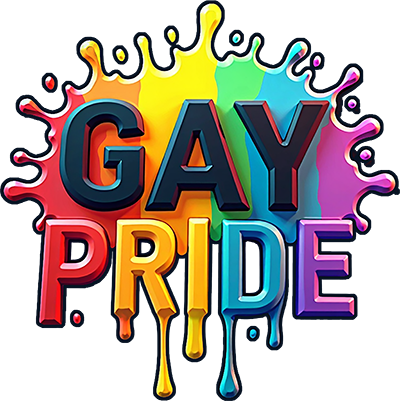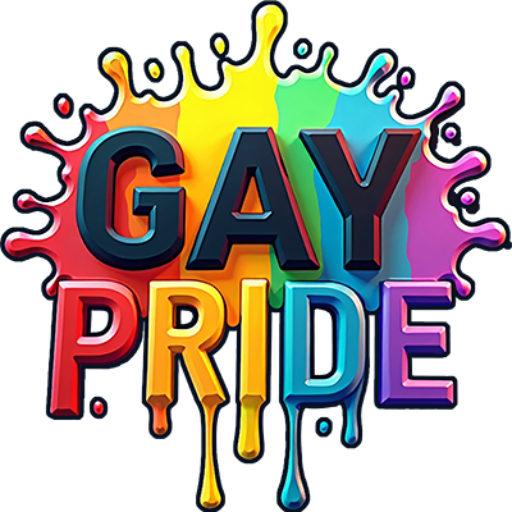The Impact of Religion on LGBTQ Acceptance 🌈🙏
Religion and LGBTQ acceptance have been intertwined in complex and often contentious ways throughout history. As society evolves, examining how different religious beliefs and practices influence the acceptance of LGBTQ individuals is crucial. This blog post delves into these dynamics, exploring the intersection of faith and identity.
Table of Contents
1. Introduction
2. Historical Context: Religion and LGBTQ Rights
3. Modern Perspectives: Acceptance Across Religions
4. Intersectionality: The Role of Culture and Geography
5. Personal Stories: Voices from the LGBTQ Religious Community
6. Conclusion
7. FAQ Section
Introduction
In recent decades, the discussion around LGBTQ rights has gained momentum globally. However, religion often plays a pivotal role in shaping societal attitudes toward LGBTQ communities. While some religious institutions have been resistant to change, others have shown remarkable progress in embracing diversity. This post seeks to unravel these relationships, offering insights into the evolving landscape of faith and acceptance.
Historical Context: Religion and LGBTQ Rights 📜
Historically, many organized religions have had doctrines that seemingly oppose LGBTQ identities. Ancient texts and traditional interpretations have often been cited to justify exclusion and discrimination. However, it’s important to note that interpretations of religious texts can vary widely, even within the same faith.
For instance, Christianity, with its diverse denominations, has seen a spectrum of stances. While some denominations have remained conservative, others have embraced inclusive practices, ordaining LGBTQ clergy and performing same-sex marriages. Similarly, in Islam, debates around LGBTQ issues continue, with progressive voices emerging alongside traditional views.
Modern Perspectives: Acceptance Across Religions 🌍
In contemporary times, many religious groups are re-examining their positions on LGBTQ issues, often driven by internal advocacy and external societal changes. Let’s explore how various religions are approaching this topic today:
Christianity
Many Christian denominations are increasingly welcoming LGBTQ members, with some, like the Episcopal Church and the United Church of Christ, championing LGBTQ rights. This shift is partly due to grassroots movements within the church and a broader understanding of biblical texts.
Judaism
Within Judaism, acceptance varies significantly. Reform and Reconstructionist movements have been at the forefront of LGBTQ inclusion, advocating for equal rights and recognition within their communities.
Islam
The conversation around LGBTQ acceptance in Islam is nuanced, with progressive Muslim organizations advocating for change. Although traditional interpretations often prevail, an increasing number of Muslims are reconciling their faith with support for LGBTQ rights.
Intersectionality: The Role of Culture and Geography 🌎
Religion does not exist in a vacuum; cultural and geographical contexts heavily influence its practice and interpretation. In regions where religious identity is intertwined with cultural norms, acceptance of LGBTQ individuals can be particularly challenging.
For example, in many African and Middle Eastern countries, cultural norms often reinforce conservative religious interpretations, making LGBTQ acceptance difficult. Conversely, in Western nations, where secularism and multiculturalism are more prevalent, there is generally greater acceptance and support for LGBTQ rights.
Personal Stories: Voices from the LGBTQ Religious Community 🗣️
Personal narratives of LGBTQ individuals who navigate their identities within religious contexts offer a powerful lens into this complex relationship. Many share stories of struggle, finding solace in faith communities that embrace inclusivity and love.
For instance, individuals like Rev. Dr. Megan Rohrer, the first openly transgender bishop in a mainline American Christian denomination, and Imam Daayiee Abdullah, one of the few openly gay imams, exemplify the growing intersection of faith and LGBTQ advocacy.
Conclusion
The intersection of religion and LGBTQ acceptance is multifaceted, reflecting a spectrum of beliefs and practices. While challenges persist, there is a growing movement towards inclusivity and understanding. As more religious communities embrace diversity, they pave the way for a more equitable and compassionate world.
FAQ Section
1. How do different religions view LGBTQ rights?
Religions vary widely in their views on LGBTQ rights. Some, like certain Christian and Jewish denominations, are more accepting, while others may adhere to traditional interpretations that resist change.
2. Can someone be both religious and LGBTQ?
Absolutely! Many individuals find ways to reconcile their faith with their LGBTQ identity, often finding supportive communities within progressive religious movements.
3. How are cultural norms influencing religious stances on LGBTQ issues?
Cultural norms can either reinforce conservative religious interpretations or promote more progressive and inclusive practices, depending on the societal context.
4. Are there religious leaders who support LGBTQ rights?
Yes, many religious leaders advocate for LGBTQ rights, often working within their faith communities to promote acceptance and inclusivity.
5. How can LGBTQ individuals find supportive religious communities?
LGBTQ individuals seeking supportive religious communities can look for progressive denominations or organizations within their faith that explicitly promote inclusivity and equality.

